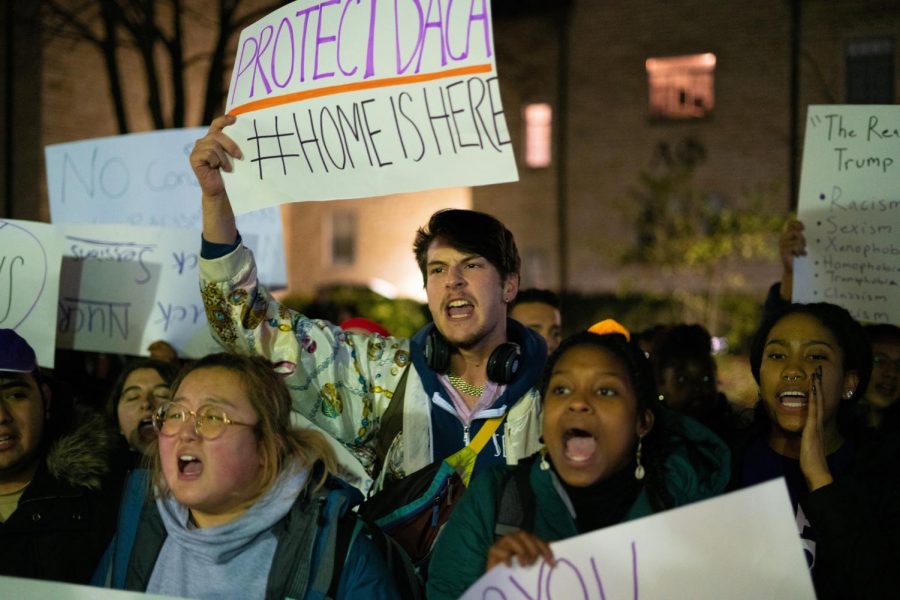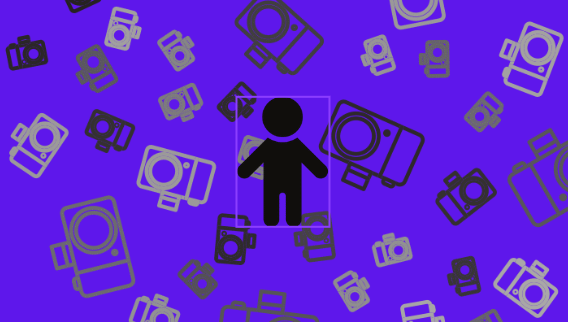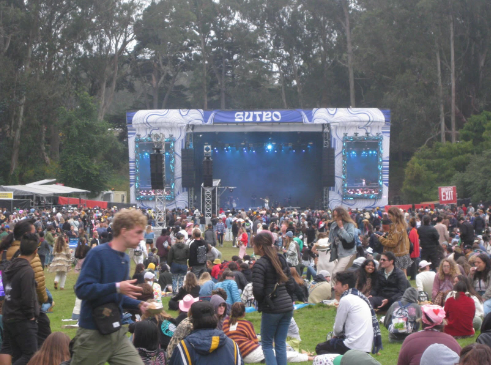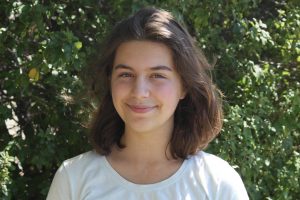Student journalists are a key part of the news, and America only has a free press when there are no limitations to the First Amendment for student journalists.
Though there is a large amount of controversy over First Amendment rights and the extent to which the First Amendment protects student journalists, it has an increasing amount of support.
“There has been a modest increase in average support among students for the First Amendment,” the Knight Foundation wrote.
However, some feel as though student journalists should be more mindful of what they post. After a photographer for The Daily Northwestern Tweeted a photo of fellow student Ying Dai that he took at a campus protest, Dai angrily responded.
“Colin, please, can we stop this trauma porn?” she asked. “I was on the ground being shoved and pushed hard by the police. You don’t have to intervene, but you also didn’t have to put a camera in front of me top down.”
How will people know what is happening in their community if journalists are not allowed to show what’s going on? Journalists exist to keep the public informed. If they are not able to fulfill this basic duty, then we are not living in a country with a free press.
After the incident, Charles Whitaker, the dean of the Medill journalism school at Northwestern, voiced his support for the staff of The Daily Northwestern.
“The Daily had an obligation to capture the event, both for the benefit of its current audience as well as for posterity,” Whitaker stated.
Protests are important for newspapers to cover, and they have a large effect on the surrounding community. Student journalists must have the freedom and protection under the First Amendment to continue reporting about these important events.
“We weren’t there to get in the newspaper,” Dai claimed. “We weren’t there to get national attention.”
If the purpose of a protest is not to get attention, then what else are they for? And if student journalists are not allowed to cover a large protest, then what are they allowed to cover?









